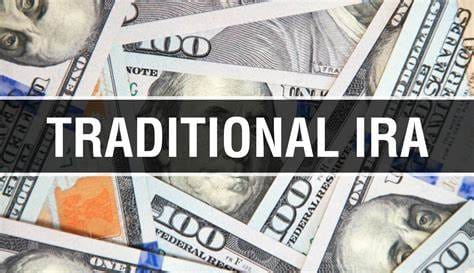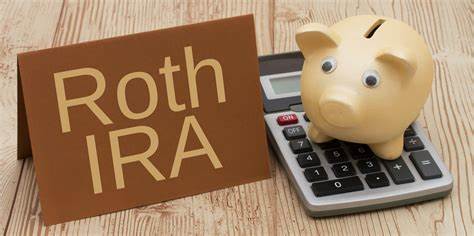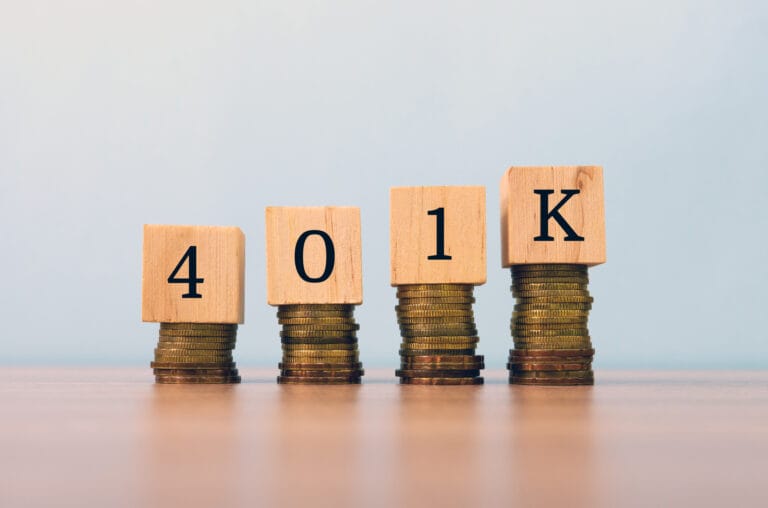Learn How Real Estate Investors Use 1031 Exchanges to Grow Wealth Tax-Efficiently
If you’re a real estate investor looking to defer capital gains taxes and build long-term wealth, 1031 exchanges could be one of the most powerful tools at your disposal. This tax-deferred strategy allows you to sell one investment property and reinvest the proceeds into another—without immediately paying taxes on your profits.
In this guide, we’ll break down how a 1031 exchange works, key rules to follow, and why it’s such a popular strategy among savvy investors.
What are 1031 Exchanges?
A 1031 exchange—named after Section 1031 of the Internal Revenue Code—allows investors to defer paying capital gains taxes when they sell an investment property, as long as the proceeds are reinvested into a “like-kind” property.
This tax deferral allows your investment capital to continue compounding, rather than being reduced by a large tax bill.
Key Benefits of a 1031 Exchange
✅ Defer Capital Gains Taxes
You don’t pay taxes on the profit when you sell a property if you reinvest it correctly.
✅ Build Long-Term Wealth
By continually rolling over gains into new properties, you can grow your portfolio faster and more efficiently.
✅ Improve Cash Flow or Diversify
You can move from low-income properties to higher-performing ones—or diversify into new locations and asset types.
✅ Estate Planning Advantages
If held until death, your heirs can receive a stepped-up basis, potentially eliminating capital gains taxes altogether.
1031 Exchange Rules & Requirements
To successfully complete a 1031 exchange, the IRS requires strict adherence to several rules:
1. Like-Kind Property
Both properties must be investment or business-use real estate. “Like-kind” is broadly defined—e.g., exchanging a rental home for a retail building is allowed.
2. 45-Day Identification Period
You must identify potential replacement properties within 45 days of selling your original property.
3. 180-Day Closing Window
The new property must be purchased within 180 days of the sale of the relinquished property.
4. Qualified Intermediary (QI)
You cannot hold the sale proceeds. Funds must be transferred through a qualified intermediary to remain eligible.
5. Title Must Match
The name on the title of the old and new properties must be the same.
Types of 1031 Exchanges
🔁 Simultaneous Exchange
The old and new properties close on the same day. Rare and logistically difficult.
⏱ Delayed Exchange (Most Common)
Sell your property first, then identify and purchase the new one within the IRS deadlines.
🧱 Reverse Exchange
You purchase the replacement property before selling the old one. Requires upfront capital and a qualified intermediary.
🏢 Improvement (Build-to-Suit) Exchange
You use proceeds to renovate or build on the replacement property within the 180-day window.
Common Mistakes to Avoid
- Missing the 45-day or 180-day deadlines
- Choosing a non-like-kind property
- Using funds for personal use during the exchange
- Not working with an experienced intermediary or tax advisor
⚠️ Pro Tip: Always consult a tax professional or real estate attorney before initiating a 1031 exchange to ensure compliance and avoid costly errors.
Real-Life Example of a 1031 Exchange
Let’s say you bought a rental property for $300,000 and sold it years later for $500,000.
- Your capital gain is $200,000.
- Without a 1031 exchange, you’d owe taxes on that gain.
- With a 1031 exchange, you reinvest the full $500,000 into a new property, deferring taxes and increasing your buying power.
Repeat this process over time, and you can grow your portfolio significantly without tax drag.
When a 1031 Exchange Might Not Work
- You’re selling a primary residence (different tax rules apply)
- You want immediate access to sale proceeds
- The value of the new property is less than the one sold
- You’re not investing in real estate or business-use property
Final Thoughts
A 1031 exchange is one of the most effective tools real estate investors can use to grow wealth, improve cash flow, and defer capital gains taxes. While it requires careful planning and adherence to strict IRS rules, the long-term benefits can be substantial.
Whether you’re looking to scale up, diversify your portfolio, or just avoid a big tax bill, a 1031 exchange may be the smart move for your investment strategy.







